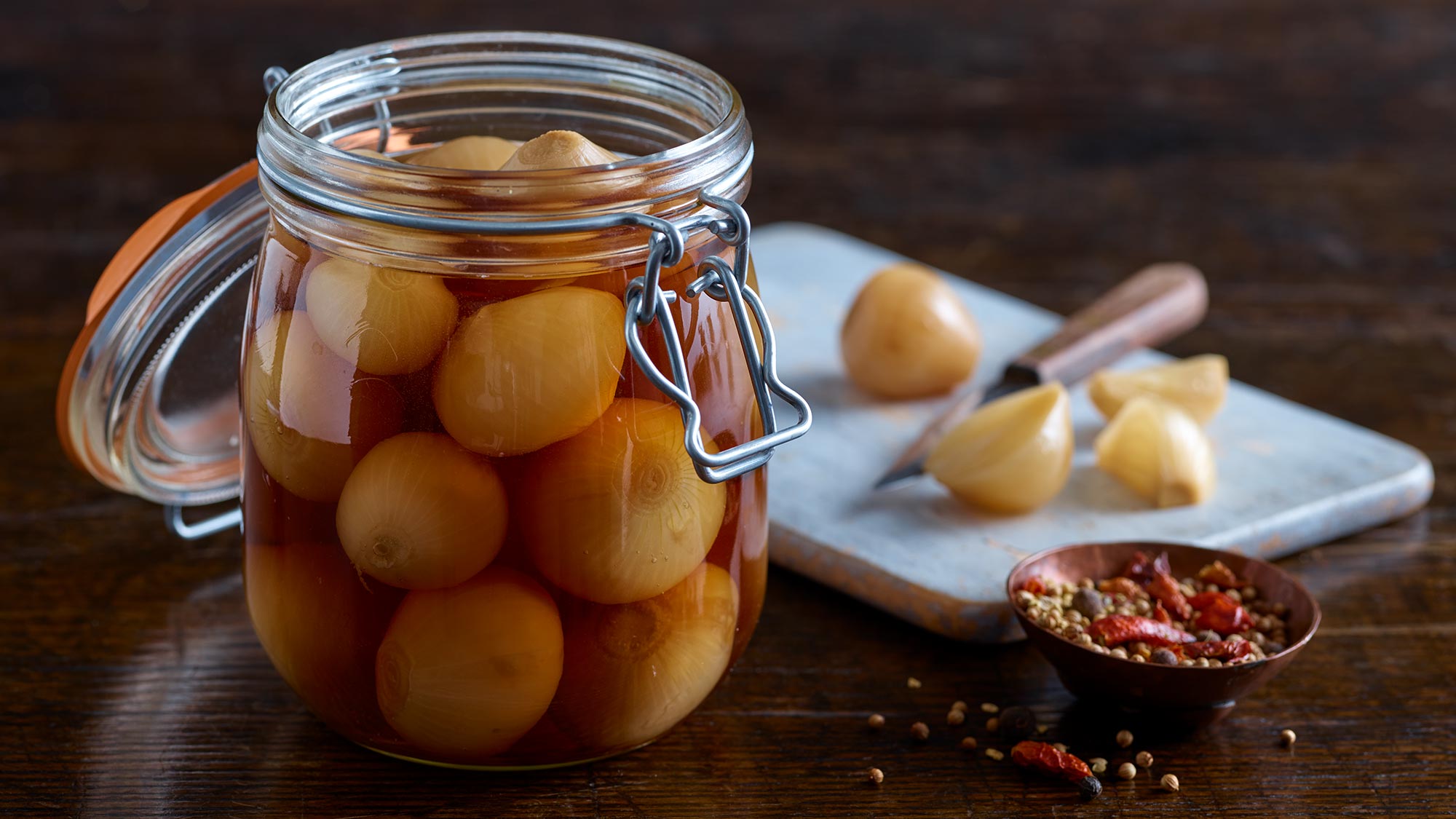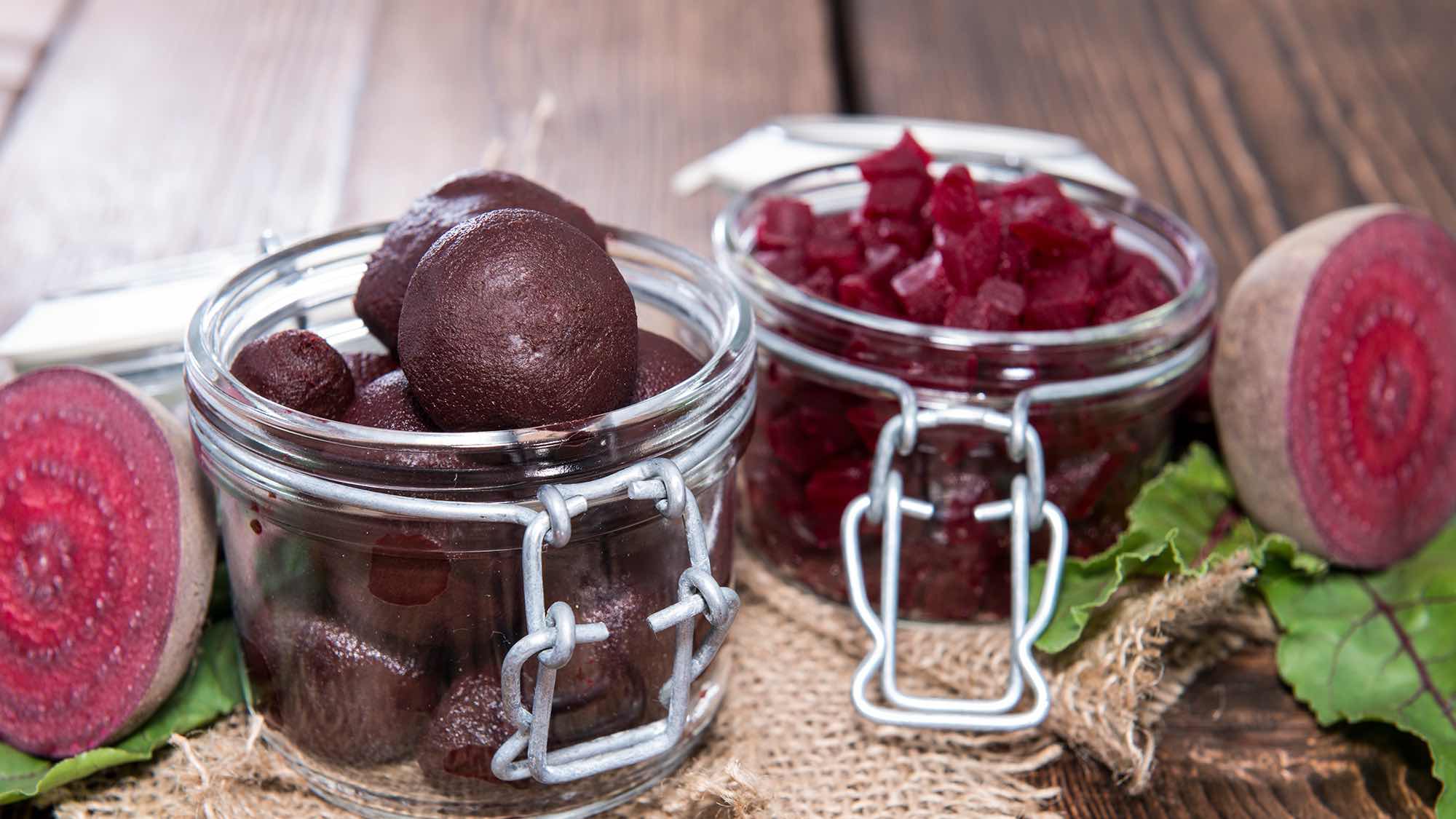How to Pickle Veg using with Schwartz Pickling Spice Mix
Pickling has been a method of preserving food for many years, but more recently it has been a popular way of adding accompaniments to food in top restaurants, and for avid home cooks. No longer is it a way of having vegetables stored in larders and pantries for use when there is short supply – it is now about adding flavour and texture to dishes. Of course, it is still a great method of using up vegetables and preserving them, such as onions, shallots, red and white cabbage, peppers, cucumbers and beetroot, but almost any food product can be pickled to perfection.
Pickling began as a way of preserving food around 5,000 years ago – its origin is a little unclear but believed to have been the brainchild of inhabitants of ancient Mesopotamia, the area that is now comprised of Iraq, Syria, Iran and Turkey. The methods were crude then, using mainly salt or brine, with little or no other herbs or spices to give flavour. Not so now, with the advent of a pickling spice mix such as those provided by Schwartz, a flavour profile is easily reached. It could not be simpler, even for the novice cook. Find out more about Schwartz and pickling here.
Perfect Pickling
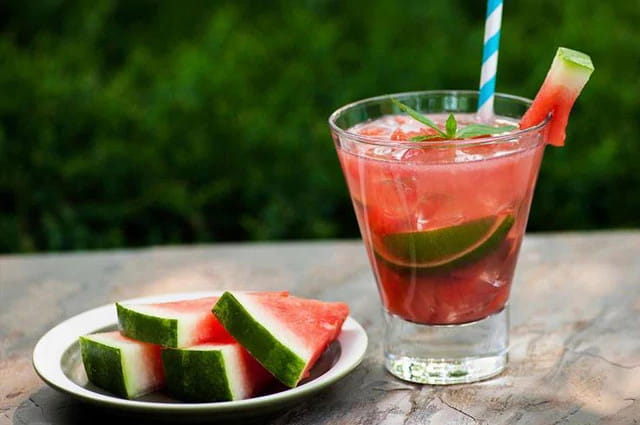
If you have never pickled before, it is best to start out with a basic pickling liquid with easy ratios, so the recipe is firmly planted in your head. Once you successfully pickle this way, you can change ratios, spices and vinegar to suit your own taste buds and experiment to your heart’s content.
A simple pickling content to start with would be 600ml of white vinegar and 1tbsp of Schwartz Pickling Mix – it is as easy as that! As you progress, try other vinegars such as white wine vinegar, apple cider vinegar or rice vinegar – they all work well. If you are using malt vinegar, this may overpower the pickles, so a good tip is to replace half of the malt vinegar with water – it is more palatable. Likewise, with aged vinegars such as balsamic – they are far too strong to pickle with successfully. Another tip is to add sugar, once again to sweeten the produce a little and to dilute any potential acidity from the vinegar. Trust us, it works!
Once you have mastered the art of pickling vegetables you can move on to other ideas. Perhaps you may think fruit is a strange thing to pickle, but the flavour of pickled fruit can be delicious. Cocktail bars around the country are adding pickled fruit to their range of drinks and we have tried this too using watermelon. Blueberries, grapes, cherries and peaches all fare well in pickling, so be inventive.
If you are more savoury minded, pickled eggs and pickled walnuts were much loved by the Victorians and many other generations but are a bit of an acquired taste! Or if you want something spicier, try our Spicy Pickled Onions.
Some Top Pickling Tips
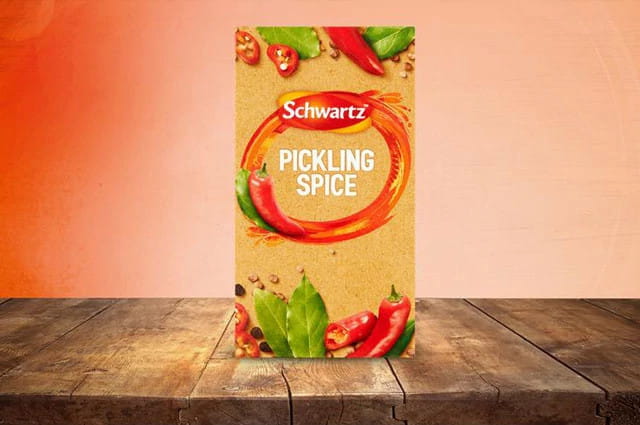
If you are a novice, here are a few tips to set you on the right road for pickling.
Before you start, make sure you have enough jars with airtight lids to preserve the pickles in. You can use kilner style jars with the rubber seal, or jars with metal lids and a plastic coating inside the lid. Once you open the jar, you should refrigerate it, to give maximum shelf life.
Choose your vinegar wisely. It needs to have an acetic content of at least 5%. Some ingredients can be pickled without heating the pickling liquid, but check out our recipes for optimum flavour.
Match your vinegar with whatever you are pickling, i.e. the flavour and the colour of the products you are using. Red cabbage and beetroot should be matched with red wine vinegar, and pale colours items such as cucumber, cauliflower etc. with white. Apple cider vinegar is great for making sweet pickles, and Sherry vinegar is a perfect mellow match for shallots or baby onions.
Make sure that you cover what you are pickling with at least 1cm and up to 2.5cm in the pickling liquid. Ingredients exposed to the air can harbour bacteria and deteriorate quickly.
Pickling isn’t just for Christmas, it’s for the whole year – enjoy!
When pickling really began
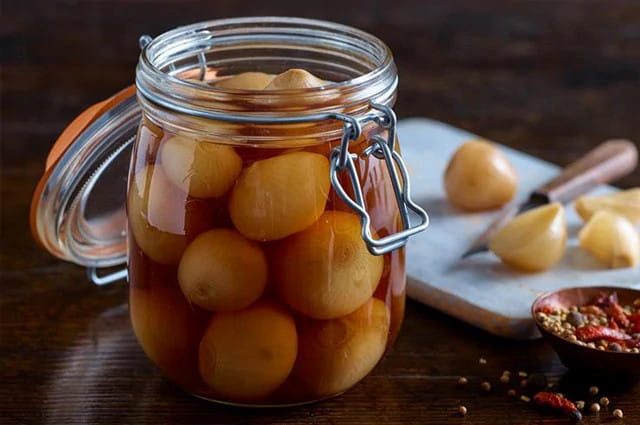
Once vinegar was invented and refined in the 1800s, it became the chosen method of pickling and preserving in the Western world and was thought to be far more palatable than a salt or a heavy brine-based liquid. There was still a certain harshness to the taste when there were no other additions to cut through the acidic taste, and little flavour to the pickling liquid. There was something missing in terms of taste, rather than just a way of preservation.
Spices from around the world were needed in order to impart a more mellowed but flavourful addition to any pickled vegetables. Achieving the right combination was going to be a labour of love and a lot of trial and effort. The Schwartz Spice Mix is your passport to not just pickling, but a world of other dishes that can benefit from this aromatic mix and deepen both flavour and authenticity. It can be added to casseroles and stews to enhance your cooking and give dishes a new dimension.
When used for pickling vegetables, the mix of whole spices of coriander seeds, yellow mustard seeds, dried chillies, allspice, ginger, black peppercorns and bay leaves is ideal. The element of heat from the stronger spices and the aromatic properties of allspice and ginger combine beautifully. Try out our pickled onions recipe as a start point.




